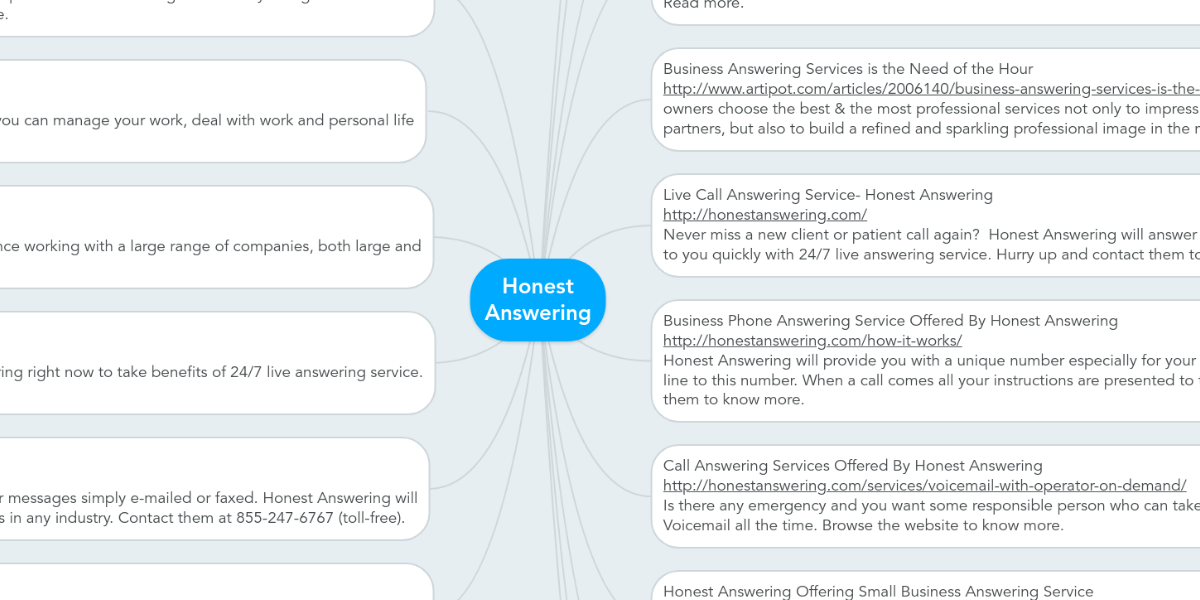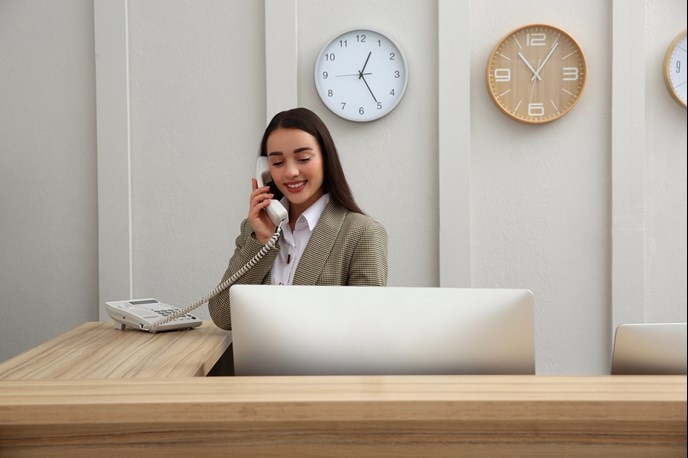All Categories
Featured
Table of Contents
- – What The Best Telephone Answering Service For S...
- – What Is The Best Phone Answering And Messaging...
- – Best 10 Sectors That Can Benefits From A Phone...
- – What Is The Best Telephone Answering Service:...
- – What Is The Best Discover How To Set Up A Cal...
- – Best The Ultimate Guide To Telephone Answeri...
What The Best Telephone Answering Service For Smes - Myco Works Brand To Buy
This device and its followers were designed by Sava Jacobson, an electrical engineer with a private consulting service. While early voice mail used magnetic tape technology, many modern-day devices utilizes solid state memory storage; some devices use a combination of both, with a solid-state circuit for the outgoing message and a cassette for the incoming messages.
"toll conserving" below) (professional phone answering service). This is beneficial if the owner is screening calls and does not wish to speak to all callers. In any case after going, the calling party needs to be informed about the call having been responded to (in the majority of cases this starts the charging), either by some remark of the operator, or by some greeting message of the TAD, or resolved to non-human callers (e.
This holds particularly for the Littles with digitally saved greeting messages or for earlier makers (prior to the increase of microcassettes) with an unique limitless loop tape, different from a 2nd cassette, devoted to recording. There have actually been answer-only devices without any recording capabilities, where the greeting message had to inform callers of a state of present unattainability, or e (telephone answering service).
What Is The Best Phone Answering And Messaging Service Service?

about accessibility hours. In tape-recording Littles the greeting normally contains an invitation to leave a message "after the beep". An answering device that utilizes a microcassette to tape-record messages On a dual-cassette answerphone, there is an outbound cassette, which after the specified variety of rings plays a pre-recorded message to the caller.

Single-cassette answering makers include the outbound message at the beginning of the tape and inbound messages on the remaining area. They initially play the announcement, then fast-forward to the next available space for recording, then tape the caller's message. If there are many previous messages, fast-forwarding through them can cause a substantial delay.
This beep is frequently referred to in the welcoming message, requesting that the caller leave a message "after the beep". Little bits with digital storage for the taped messages do disappoint this delay, naturally. A TAD might offer a push-button control center, whereby the answerphone owner can call the home number and, by getting in a code on the remote telephone's keypad, can listen to recorded messages, or delete them, even when away from home.
Best 10 Sectors That Can Benefits From A Phone Answering Service To Buy

Thus the machine increases the number of rings after which it answers the call (usually by two, resulting in four rings), if no unread messages are currently stored, but answers after the set variety of rings (typically two) if there are unread messages. This enables the owner to learn whether there are messages waiting; if there are none, the owner can hang up the phone on the, e.
Some makers likewise allow themselves to be remotely triggered, if they have actually been turned off, by calling and letting the phone ring a certain a great deal of times (generally 10-15). Some provider desert calls already after a smaller number of rings, making remote activation impossible. In the early days of Littles an unique transmitter for DTMF tones (dual-tone multi-frequency signalling) was regionally required for remote control, since the previously utilized pulse dialling is not apt to communicate appropriate signalling along an active connection, and the dual-tone multi-frequency signalling was executed stepwise.
Any incoming call is not identifiable with respect to these residential or commercial properties in advance of going "off hook" by the terminal devices. So after going off hook the calls need to be switched to appropriate gadgets and only the voice-type is right away available to a human, but perhaps, nonetheless must be routed to a LITTLE (e.
What Is The Best Telephone Answering Service: What It Is And Why It Isn't Enough Business?
What if I told you that you do not have to in fact get your device when addressing a client call? Somebody else will. So hassle-free, best? Answering phone calls doesn't need someone to be on the other end of the line. Effective automated phone systems can do the technique just as efficiently as a live agent and sometimes even better.
An automatic answering service or interactive voice reaction system is a phone system that interacts with callers without a live individual on the line - phone answering. When companies utilize this technology, customers can get the response to a concern about your service simply by using interactions set up on a pre-programmed call flow.
Although live operators update the customer service experience, lots of calls do not need human interaction. A simple recorded message or guidelines on how a consumer can obtain a piece of information normally solves a caller's immediate need - answer phone service. Automated answering services are a basic and effective way to direct inbound calls to the right person.
What Is The Best Discover How To Set Up A Call Answering Service With A 7- ... On The Market Today
Notification that when you call a company, either for assistance or item inquiry, the very first thing you will hear is a pre-recorded voice greeting and a series of choices like press 1 for customer care, press 2 for questions, and so on. The pre-recorded options branch out to other choices depending upon the consumer's selection.
The phone tree system assists direct callers to the right individual or department utilizing the keypad on a cellphone. In some circumstances, callers can utilize their voices. It deserves keeping in mind that auto-attendant alternatives aren't limited to the ten numbers on a phone's keypad. Once the caller has chosen their very first choice, you can design a multi-level auto-attendant that uses sub-menus to direct the caller to the right sort of support.
The caller does not have to interact with an individual if the auto-attendant phone system can handle their concern. The automated service can route callers to a worker if they reach a "dead end" and need support from a live representative. It is costly to hire an operator or executive assistant.
Best The Ultimate Guide To Telephone Answering Services Sales Near Me
Automated answering services, on the other hand, are substantially less costly and provide significant cost savings at approximately $200-$420/month. Even if you do not have committed personnel to manage call routing and management, an automated answering service improves efficiency by enabling your team to focus on their strengths so they can more efficiently invest their time on the phone.
A sales lead routed to client service is a lost shot. If a client who has product questions reaches the wrong department or gets insufficient responses from well-meaning staff members who are less trained to handle a particular type of concern, it can be a cause of disappointment and dissatisfaction. An automatic answering system can decrease the number of misrouted calls, thereby assisting your staff members make better usage of their phone time while releasing up time in their calendar for other tasks.
With Automated Answering Systems, you can create a tailored experience for both your staff and your callers. Make a recording of your main greeting, and merely update it frequently to reflect what is going on in your company. You can produce as many departments or menu options as you want.
Table of Contents
- – What The Best Telephone Answering Service For S...
- – What Is The Best Phone Answering And Messaging...
- – Best 10 Sectors That Can Benefits From A Phone...
- – What Is The Best Telephone Answering Service:...
- – What Is The Best Discover How To Set Up A Cal...
- – Best The Ultimate Guide To Telephone Answeri...
Latest Posts
Automated Answering Service Near Me
Fast Affordable Answering Service Near Me – Canberra
Dependable Ai Answering System Near Me – Australia
More
Latest Posts
Automated Answering Service Near Me
Fast Affordable Answering Service Near Me – Canberra
Dependable Ai Answering System Near Me – Australia